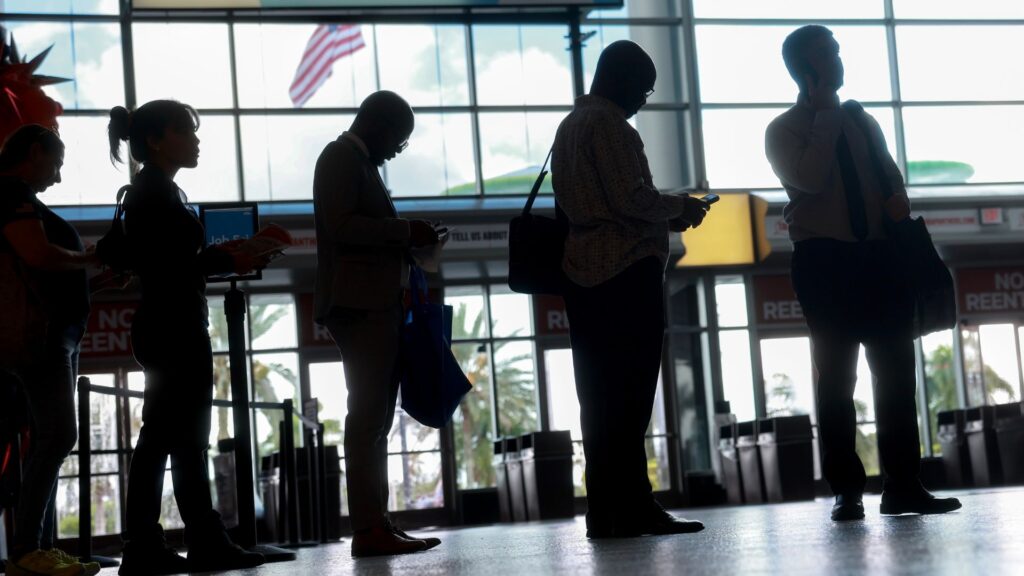A new report analyzing the U.S. job market has revealed that unemployment in the country has risen slightly in just the last month.
However, as unemployment has risen, U.S. employers have also added a steady amount of jobs, even with ongoing high inflation seen throughout the country. This data has left economic analysts stating that the job market and overall employment in the U.S. has had mixed results this past month.
A Rise in Unemployment

According to the Labor Department’s latest report, unemployment in the U.S. has risen to 4.1%, up slightly from its previous rate of 4%.
This rise now marks the highest unemployment rate seen in the country since November 2021.
Why Unemployment Has Risen

There are various factors about why the unemployment rate may have risen in the past month. Economic analysts believe that this rise is the result of the increase in the number of people in the labor force both working and looking for jobs.
However, this number excels the amount of people that actually landed jobs. Therefore, this may have resulted in unemployment’s rise.
An Increase in Added Jobs
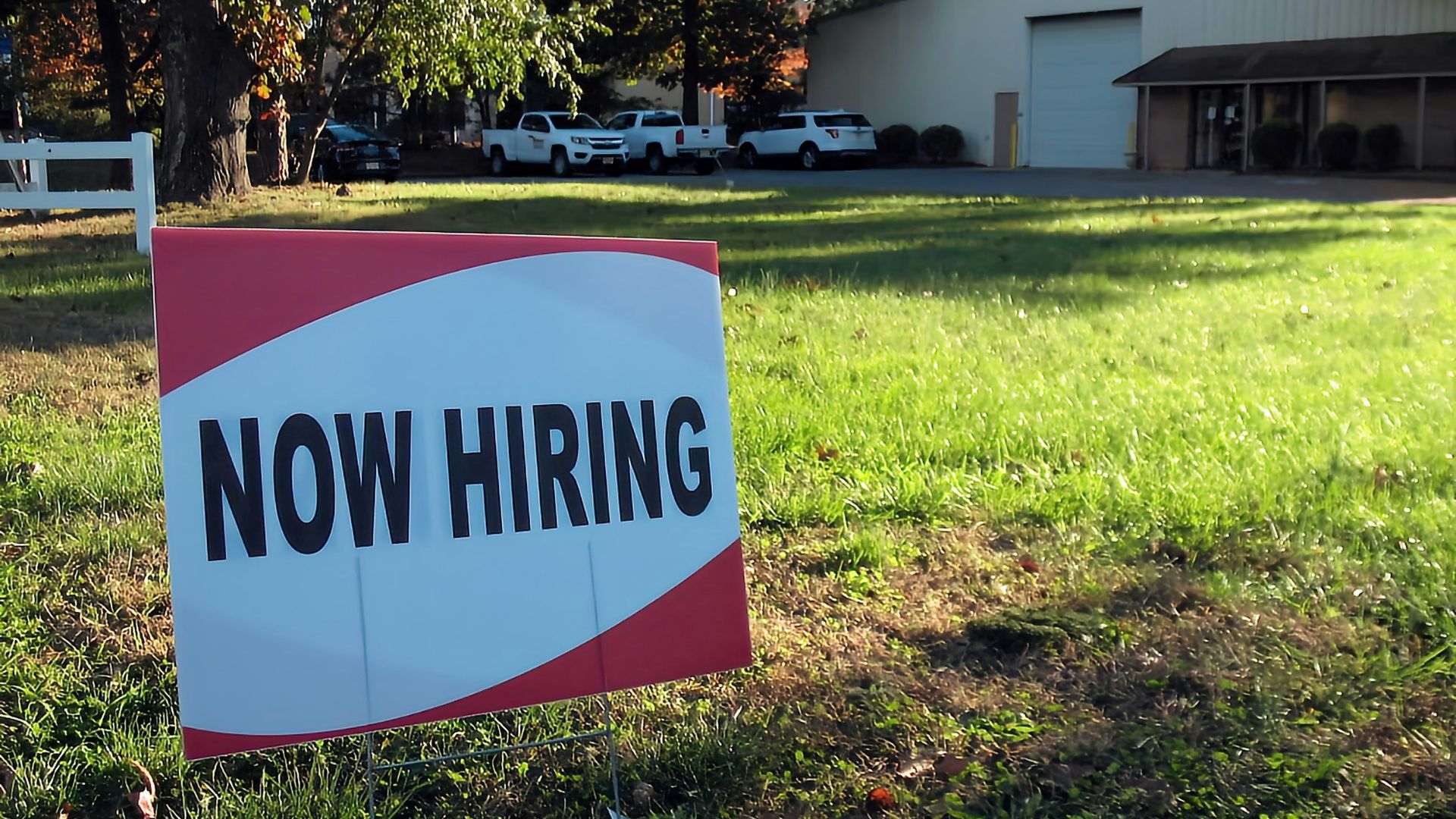
Alongside this unemployment data, the Labor Department’s report also revealed that employers have added about 206,000 jobs in June.
This data further shows that hiring has held steady throughout the month, even though many analysts have worried that high inflation may force employers to pull back from adding jobs.
The Job Market’s Performance

After analyzing this new data, many economic analysts have stated that the job market continues to be resilient in the face of high interest rates and inflation.
Jobs are still being added, which is positive, even if monthly job additions have slowed down since the first three months of 2024. However, even with these positive notes, some analysts have forecasted difficult times ahead.
Forecasting a Slowdown

Analysts have anticipated that job additions will continue to slow down as the year progresses, especially as high prices and borrowing costs hit consumers — and, therefore, hurt business demand.
For weeks now, claims have been made that consumers are pulling back from shopping as much as they can, as they’re experiencing price fatigue.
Consumer Price Fatigue

American consumers are fed up with paying high prices for grocery store items and fast food meals. As a result, they’re not spending as much across the board.
This has already hindered some businesses around the country, as various stores have slashed prices, while many fast food restaurants have touted that they have new, affordable meal deals.
American Debt

Data has also shown that American consumers are struggling with historic highs of credit card debt and subsequent delinquencies.
Many of these consumers no longer have savings from the pandemic. All of this has resulted in a slowing down of purchases at retail establishments.
Forecasting Unemployment Rises
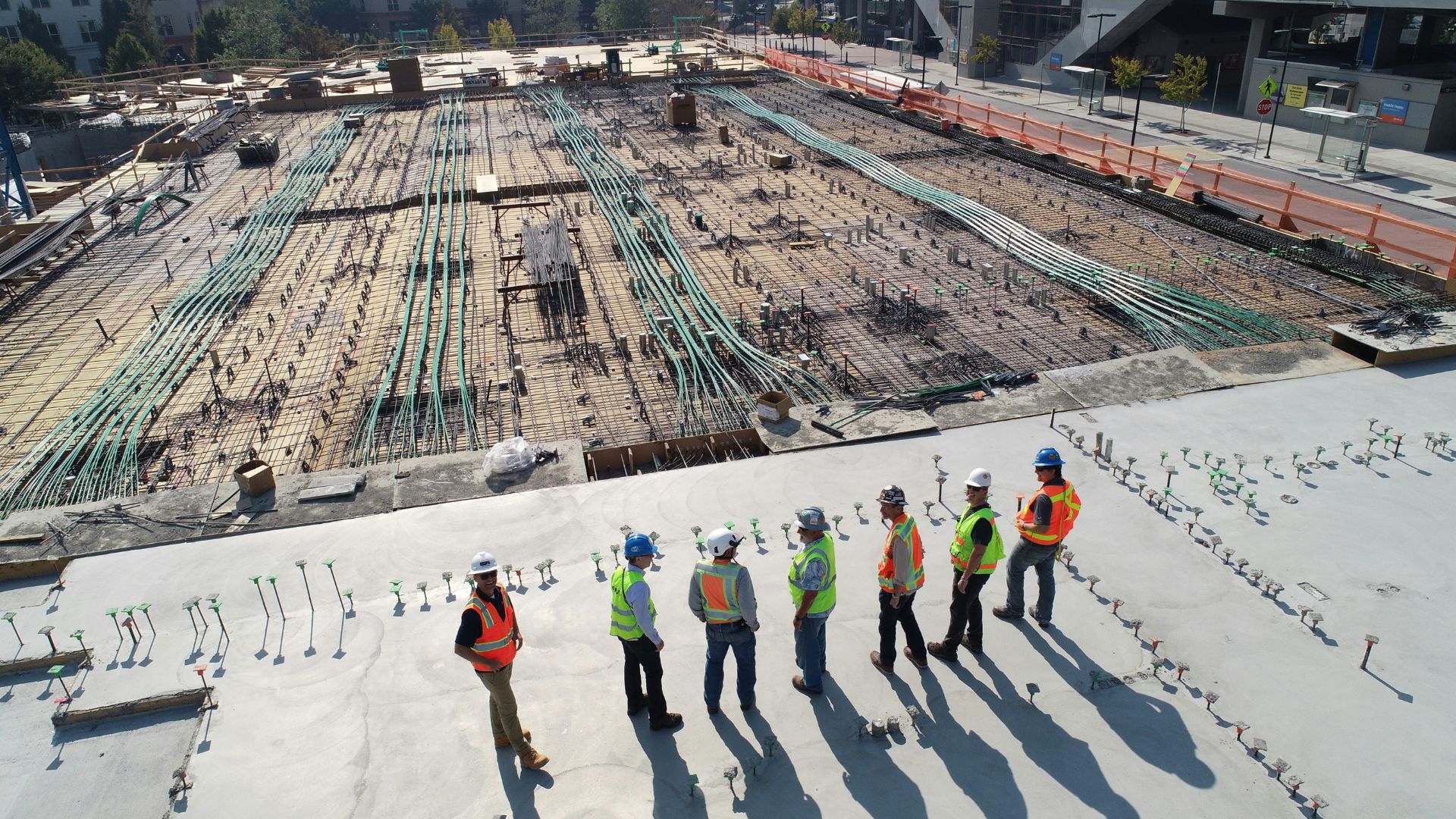
These reports have further led economists to anticipate that the unemployment rate in the country may continue to rise as the year progresses.
These analysts believe that jobless claims will increase, just as they have over the past few weeks, and that we’ll see more layoffs towards the end of this year, especially as job additions and hiring slow down.
A Dip in Hiring

Already, it appears that hiring has slowed down. While there was a huge boom in hiring and open jobs seen during the pandemic, as many businesses struggled to fill much-needed roles, hiring has finally decreased.
Data has since shown that hiring has now dipped below average pre-pandemic levels. The Labor Department has also revealed that there were 8.1 million job openings in May, about one million above pre-pandemic levels, but much lower than the 12.2 million seen in March 2022.
The Fed Could Lower Interest Rates
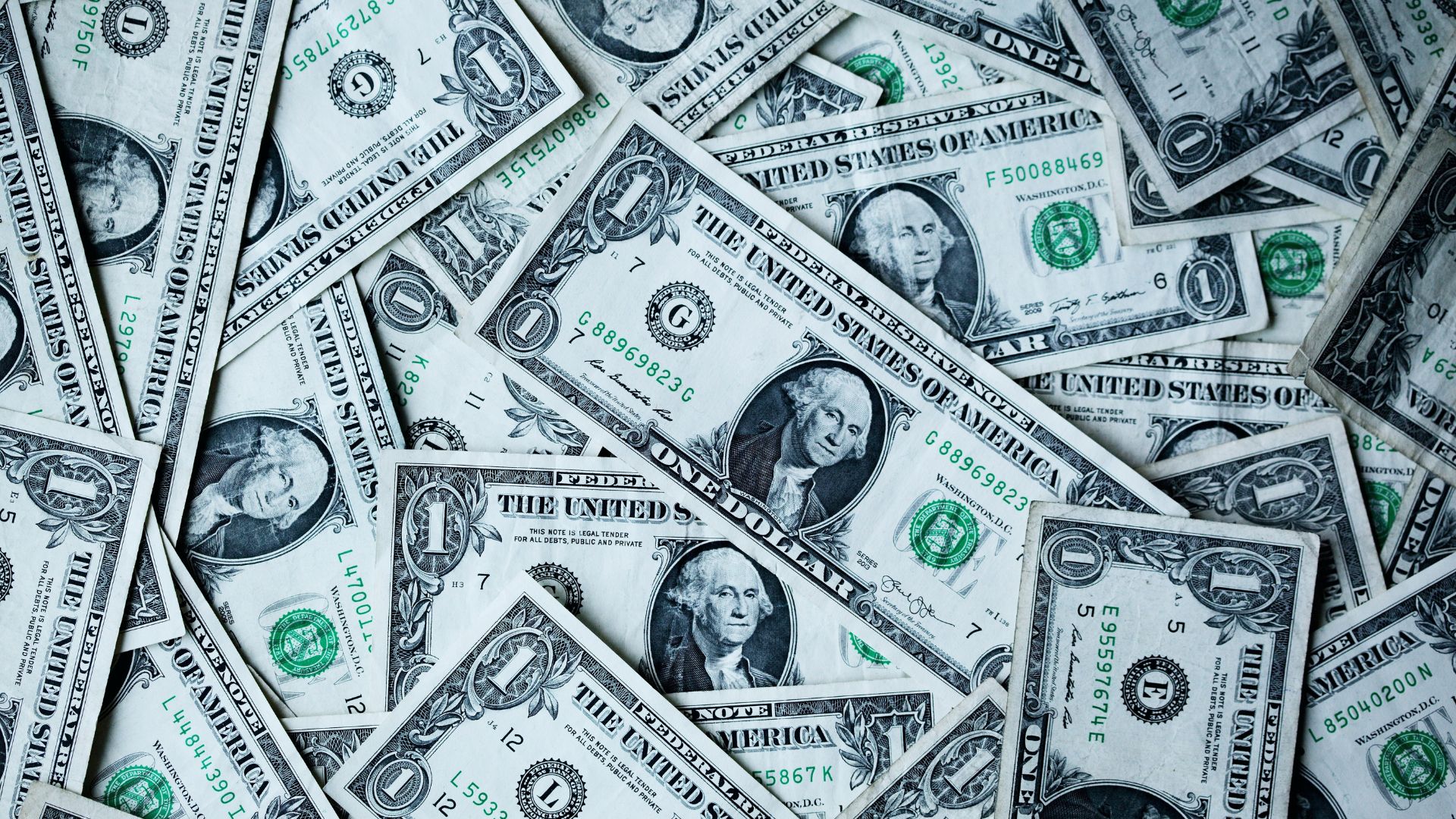
While analysts have warned that unemployment rates could rise throughout the rest of 2024, they have also revealed one positive: the Fed could finally decide to lower interest rates.
This latest jobs report could be the data that the Fed needs to finally choose to cut rates in the next few months.
Cutting Rates Soon
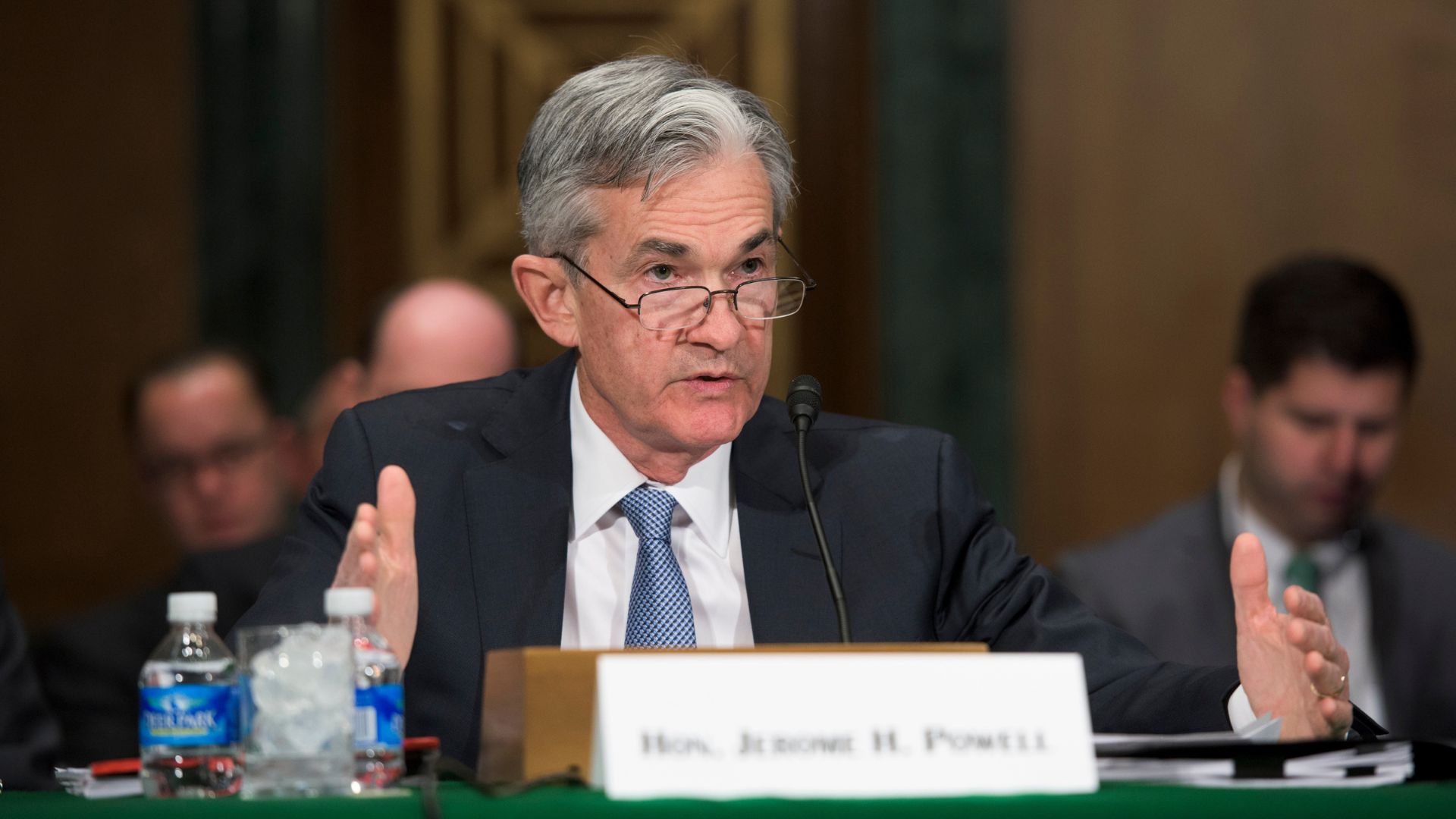
Many have wanted the Fed to cut rates for months now, though the Fed has stayed true to what they want to see. They have refused to cut rates before inflation is near their desired 2% goal.
Rubeela Farooqi, the chief U.S. economist for High Frequency Economics, said, “We think the Fed could certainly start the discussion about cutting rates at the upcoming (Fed) meeting, and lower the policy rate in September, if the data continue to show moderation.”
